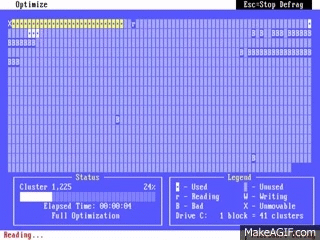
Introduction
This was one of my older projects, a little bit eccentric but very educational. I wanted to see if I could design and implement a parser from scratch in R, complete with a brand-new syntax and functions to both read and write data. The project is part of my old data manipulation library written in R avaiable on this repo
It wasn’t about reinventing JSON, XML, or YAML — it was about learning how parsing works at a low level, handling nested structures, and building a system that’s flexible enough to store and retrieve hierarchical data.
The Custom Syntax
I invented a compact bracket-based format to represent hierarchical data. It looks like this:
(ok(ee:56))
(ok(oui(rr((rr2:6)(rr:5))))(oui(bb(rr2:1)))(ee1:4))The rules are simple:
- Each node is wrapped in parentheses
(...). - A node may contain a key-value pair (e.g.,
ee:56). - A node may also contain nested nodes.
- Keys can repeat, creating multiple paths into the structure.
This makes it easy to represent trees, like nested directories or configurations.
Reading Data: read_edm_parser
The function read_edm_parser lets you extract values from the dataset by providing a path vector.
read_edm_parser(
"(ok(ee:56))(ok(oui(rr((rr2:6)(rr:5))))(oui(bb(rr2:1)))(ee1:4))",
to_find_v = c("ok", "oui", "rr", "rr2")
)
# [1] "6"
Here, the parser traverses the tree: ok → oui → rr → rr2 and finds the value 6.
If you ask for c("ok", "ee"), you get 56.
This required writing from scratch:
- Parentheses matching with
pairs_findr. - Custom splitting with
better_split_any, capable of handling nested symbols and regex quirks. - Dynamic index conversion to map between character positions and parsed tokens.
Writing Data: write_edm_parser
The companion function write_edm_parser allows adding new data into an existing parsed dataset.
write_edm_parser(
"(ok(ee:56))(ok(oui(rr((rr2:6)(rr:5))))(oui(bb(rr2:1)))(ee1:4))",
to_write_v = c("ok", "oui"),
write_data = c("ii", "olm")
)
# (ok(ee:56))(ok(oui(rr((rr2:6)(rr:5))))(ii:olm)(oui(bb(rr2:1)))(ee1:4))
This inserts a new node (ii:olm) under the path ok → oui. The dataset grows dynamically while keeping its hierarchical structure.
Lessons Learned
- Parsing even a “toy” syntax is surprisingly hard — edge cases around parentheses, special characters, and multiple matches required a lot of custom logic.
- R is not the typical language for writing parsers, but it was a good test of string manipulation, recursion, and regular expressions.
- By building both read and write operations, I got a much deeper understanding of how real data formats like JSON or XML actually work under the hood.
Conclusion
This was one of my older projects, but it shows how much you can learn by reinventing the wheel intentionally. By creating my own parser in R, I not only invented a mini data format but also trained myself in handling nested structures, indexes, and edge cases.
It’s not meant to replace JSON, but it was a great playground for anyone curious about how parsers work.
Comment